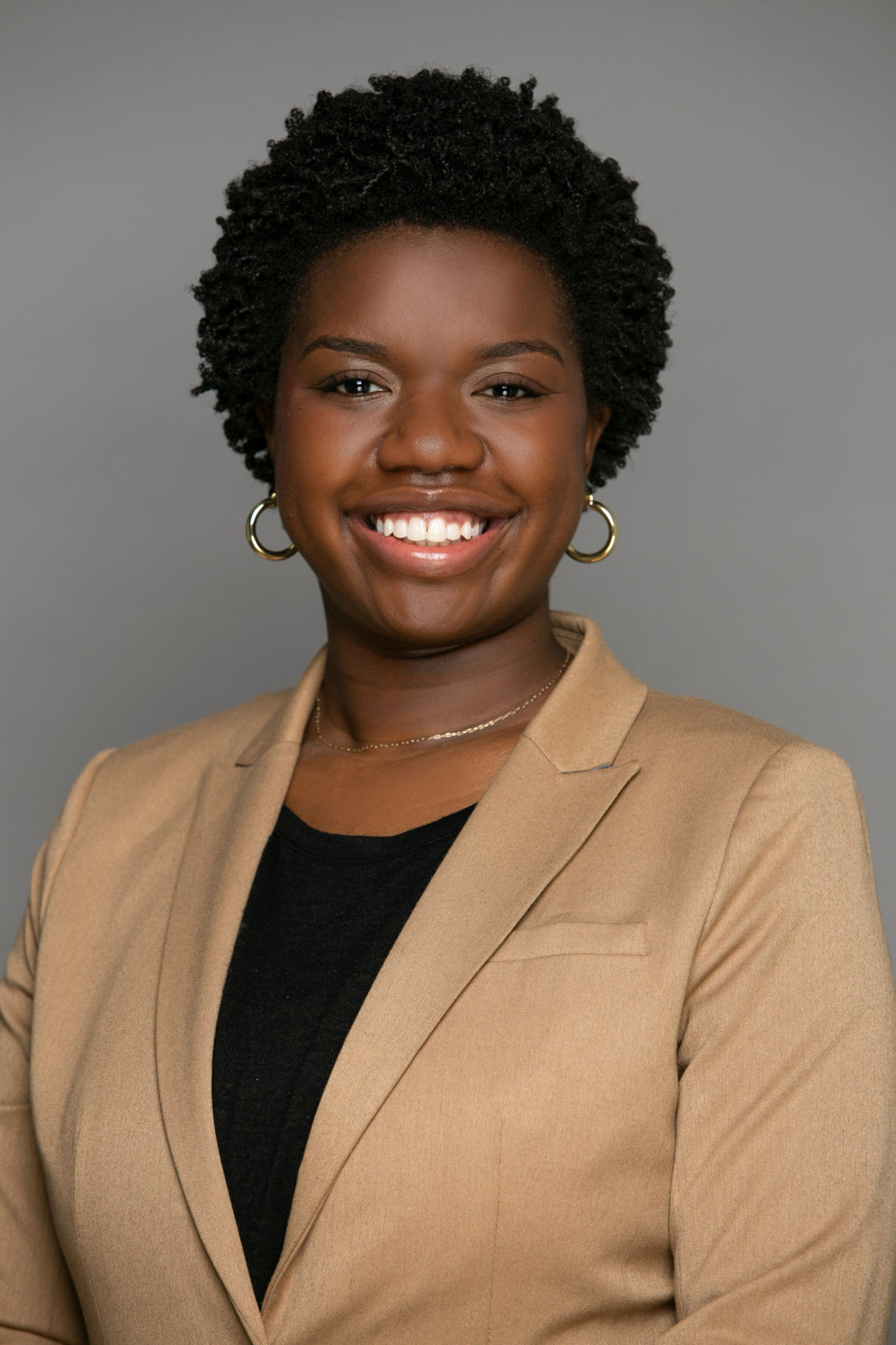Camryn Simon ’21 built her own inclusive advertising emphasis

As a Black student in the advertising program, Camryn Simon ’21 felt compelled, when choosing her emphasis track, to think about underrepresented communities. When she couldn’t find an emphasis that focused on diversity, she built her own: Inclusive marketing.
“It means that the ways in which we approach projects and the way we approach campaigns is inclusive for everyone,” Simon says.
The process of creating her emphasis was easy, she says.
“You can really have whatever you want as your emphasis. It’s extremely fluid,” she says. “I just needed to take classes in order to make my emphasis make sense.”
To fulfill the requirements of the emphasis, Simon took classes on Black issues and race and gender in media. She’s been able to connect her emphasis classes to her major through projects.
“In my #blacklivesmatter and Religion class [REL 200], we came up with a campaign as our final project and it was geared towards the University. It was built by students predominantly of color,” Simon says. “I got to use a lot of the skills I learned within advertising to create a campaign and use unique messaging.”
The students proposed a student of color advisory group to identify and address campus issues that directly affected students of color, and pitched the idea to Chancellor Kent Syverud. They urged the University to prove an open space for people of color to discuss campus problems; review existing policies; and represent minority communities in conversations with campus administrators. The pitch was titled “We belong here, too.”
At first, Simon felt wary of speaking up in class, but over time, she became more comfortable sharing her ideas.
“There was a period where I felt like I didn’t need to be contributing because no one was going to take me serious[ly] anyway, and I just kind of got over it,” she says, noting the benefit of finding her voice. “The best advertising agencies, the best advertising accounts, the best advertising teams are made up of diverse people.”
The times when she was the only person of color in the room taught Simon how to work with a variety of people, she says. She has a strong understanding of the different perspectives people may bring to a project, as well as how they might approach problems when working on a campaign or pitch.
While the number of women and women of color in leadership positions continues to grow—Newhouse alumnae Kitty Lun G’80 at Facebook and Kristina Hahn ’98 at Google are two examples—Simon notes that the communications industry still tends to be dominated by white men.
“Wherever you go, you’re going to have to learn how to navigate that sooner or later,” says Simon. “The skills you learn in and out of the classroom are going to teach you exactly how to do so in a manner that is top tier.”
While a student at Newhouse, Simon interned at creative agency Code and Theory; she will soon join the company as a full-time employee. She says her emphasis has helped her with the business development of her position.
Simon describes her role at Code and Theory as a pipeline between brands and the agency, and her team brings new clients to the agency.
“I think it’s really cool that as a Black woman I get to sit down with future clients and get to know them,” says Simon. “I get to be myself and be 100% who I am with people who might want to work with us.”
Apart from interning, Simon was also a Newhouse Ambassador. She decided to join the ambassador program to show incoming students that people of color belong at Newhouse.
“I think it’s important for me to speak up and let my voice be heard and be a model for what the Newhouse School is in terms of the skills and the person you could become.” To prospective students, particularly students of color, Simon says don’t be discouraged.
“We need more people that look like us, and the only way to get more people that look like us is if people come,” she says. “I don’t think you should be discouraged by the lack of people of color. You’re not the only one going through this. We’re all standing on the shoulders of other people who have done it before us and who made this possible for us.”